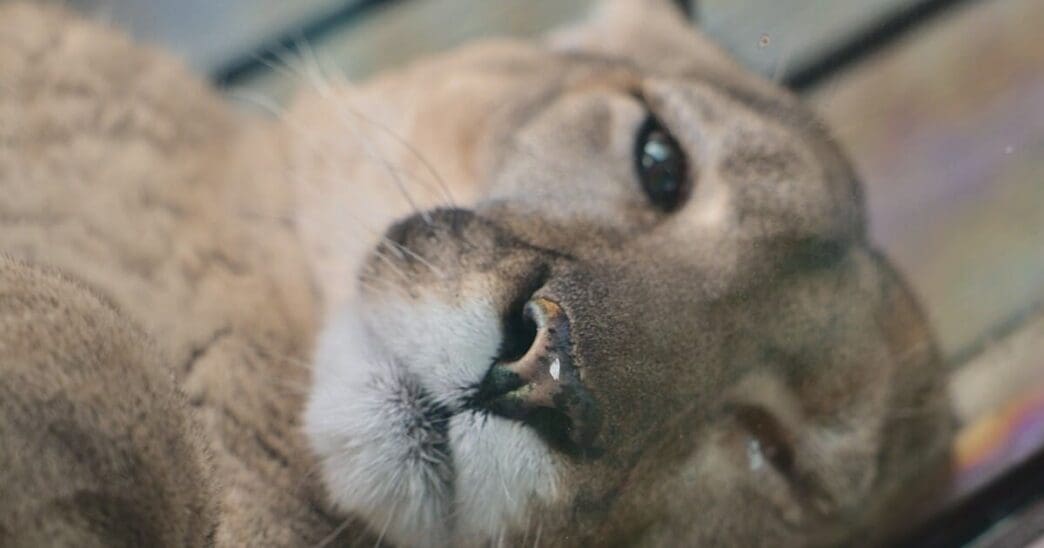The ongoing struggle for survival continues for the endangered Florida panther population, with vehicle collisions posing the greatest threat.
In 2024, the plight of the Florida panther, an endangered species with only 120-230 individuals remaining in the wild, reached a critical point. As of December 27th, reports confirm that 35 panthers were found dead this year, primarily due to vehicle collisions. This is a significant increase from the previous year, where only 13 were hit and killed by cars. Additionally, one was struck by a train this year, further highlighting the critical situation.
Tiffany Burns, Senior Director of Animal Programs at Zoo Tampa, remarks on the dire imbalance between the birth and mortality rates. “The estimate is around 200 in the wild,” Burns stated, emphasizing the difficulty in accurately gauging current numbers due to these disparities. The past year saw only one litter of cubs, of which just one out of three has survived—a stark indication of the challenges facing these animals.
Lucy, a 17-year-old female panther residing at Zoo Tampa, exemplifies the struggle for survival. Abandoned as a cub, Lucy has enjoyed a long life—surpassing the typical 10 to 12 years that panthers live in the wild. Burns underscores the broader importance of panther conservation, stating, “If we protect the Florida panther, we protect all of these other animals living in Florida.”
Conservation efforts are expanding beyond Zoo Tampa’s confines. Burns and her team are now deploying wildlife cameras in collaboration with the non-profit fStop Foundation, an initiative aimed at improving data collection and monitoring. “There’s nothing more fun than going out and seeing a wild Panther on your camera,” Burns shared, expressing enthusiasm for these field efforts.
Meanwhile, the rapid pace of human development in Florida necessitates a thoughtful approach to land use. Conservationists argue for the prioritization of “smart growth,” including the construction of wildlife crossings like the recently constructed overpass on I-4 between Orlando and Lakeland. These measures aim to mitigate habitat fragmentation and reduce road fatalities.
Educating the public forms a critical component of conservation strategies. By offering opportunities to see panthers and other native species up close, organizations like Zoo Tampa hope to foster greater awareness and inspire proactive conservation efforts. Burns believes that such encounters can motivate the public to engage in the broader fight to save these iconic animals.
Florida’s growing population and expanding infrastructure continue to pose significant challenges to panther conservation. However, with targeted efforts and public engagement, there remains hope for the survival of this endangered species, emphasizing the need for ongoing vigilance and collective action.
Source: Abcactionnews








